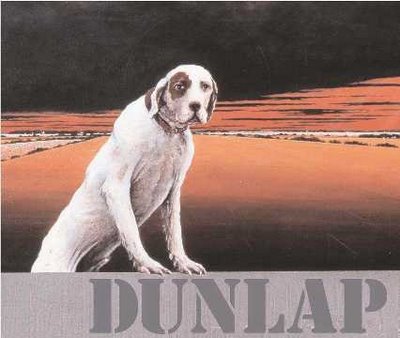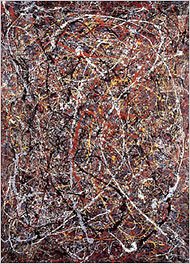Caroline Altmann Story
"Reflecting on My Retrospective" by Caroline Altmann is presented below, and it is without a doubt one of the most interesting introductions (by the artist) to the exhibition space's "official" news releases that I've read in a long time.
Caroline Altmann on Becoming An ArtistWhere: Poltrona Frau Washington 1010 Wisconsin Avenue, NW in Georgetown
What is a portfolio manager doing twisting, turning and shaking around cacti, hydrangeas, and hostas? Five years ago, I left Wall Street to raise my children near their grandparents. (They live in Mount Vernon.) I then sat down to meditate, something I was too busy to do while managing $2 billion in assets for Bankers Trust. Every time I sat down, complete art ideas rushed into my mind. It was as if a door to a creative bank vault had burst opened. So, out went the notion of starting a new career at the World Bank and in came the idea of becoming an artist.
This change was in fact a bridge to an earlier phase in my life. My parents were collectors of baroque sculpture. Art was the fabric of my Brazilian birthplace’s culture. A family move to England brought new sensibilities – rawness of punk aesthetics and classical sophistication of European capitals. Museum outings to the Prado, for example, were highlights. Then at Tufts University, late nights increasingly devoted to the darkroom rather than early mornings to US diplomatic history precipitated a change in majors -- from international relations to art history. I studied photography at the joint program with the School of the Museum of Fine Arts in Boston.
Thereafter, I found work in local galleries and interned at the museum. But that didn’t bring me enough satisfaction. I continued to photograph but I wanted to collect. Gallery pay was low during those recession years. So getting an MBA seemed a good idea. But it came at a cost. No more time for making art. And, after living in Japan with no possessions, I lost the urge to collect. Fifteen exciting years were marked by the Tokyo Stock market crash, the 90’s Bull Market, a new fabulous husband. With a 9 month-old baby in my belly, I move away from New York to Virginia where grandparents and a new career awaited. After we were settled, I attempted to leap from managing money to making art.
That change was as overwhelming as blank canvas can be. How do I become an artist? Do I deserve to become an artist? Shouldn’t I have known from an early age that this was the only thing I could do? And then, struggled for years? Artistic myths, hmm. But the voice of the budding artist tentatively suggested, “Roy Lichtenstein only turned to fine arts in his late thirties. And, how about Philip Johnson? He only got his architecture degree later on in life.”
I called Ingo Günther in New York. He is a successful international artist and dear friend. "Ingo, I am going to be an artist. Do not discourage me. Tell me how to do it." I blurted. I ordered the book, "The Artist’s Way," joined a couple of art groups, Secondsight, for women photographers and WCA-DC, recommended by a neighbor for women artists. The closest I have come before to joining groups was adding my name to business directories. And then I got lucky.
The woman who founded Secondsight, Catriona Fraser, also sponsored a seminar, "Success As An Artist." The all day event was a neatly organized agenda of all the lessons she and Lenny Campello (of "dcartews" blog fame) learnt over 20 years, plus a fabulous packet of resources. I started sculpture and then dove back into photography – a passion at college. Then I got lucky again.
Late for a lunch in Georgetown, stopping too quickly at a stop sign, a police officer gave me a moving violation. To boot, my lunch date called, postponing by an hour. I felt so foolish and mad at myself that I was determined to make something good of it. So I went into several high-end furniture showrooms with perfect walls to sell my multi-piece compositions. Two places said, “Yes!” One space is so large that I will have over 50 pieces in it. A showing of that size is unique. So after a few years of struggling, I’ve got my first solo show and it’s a retrospective!
What is an ex-portfolio manager doing twisting, turning and shaking around cacti, hydrangeas, and hostas? Come see the work – it is a unique portrait of nature moved, turned and swayed. There are also examples of my studio work where movement comes from posed dried flowers. The opening is on December 7th at Poltrona Frau at 1010 Wisconsin Avenue at 6:00PM. Please rsvp to info@frauwashington.com or call 202 333-1166. My work can also be seen on www.altmann.us
When: From December 8, 2006 to March 8, 2007
Contact: 202 333 1166 or info@frauwashington.com
Artist: Caroline Altmann
Exhibit Title: “Undercurrents of Pure Joy”


